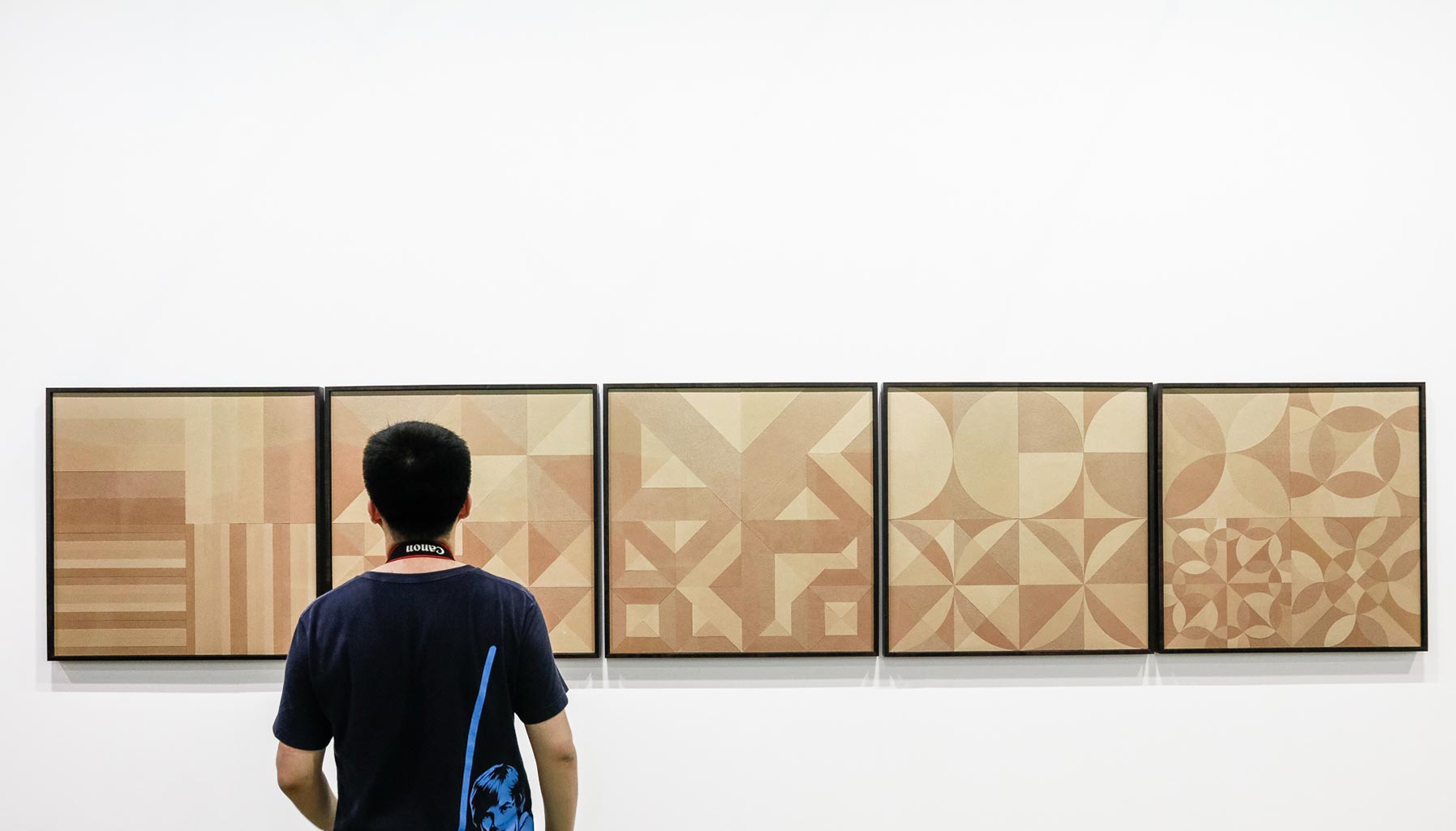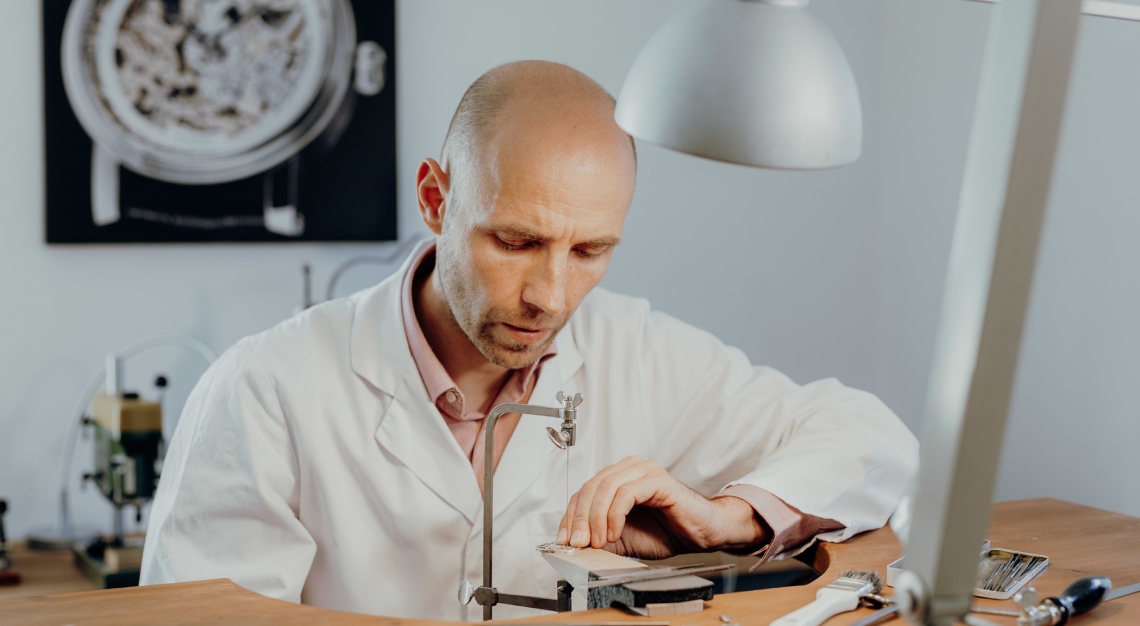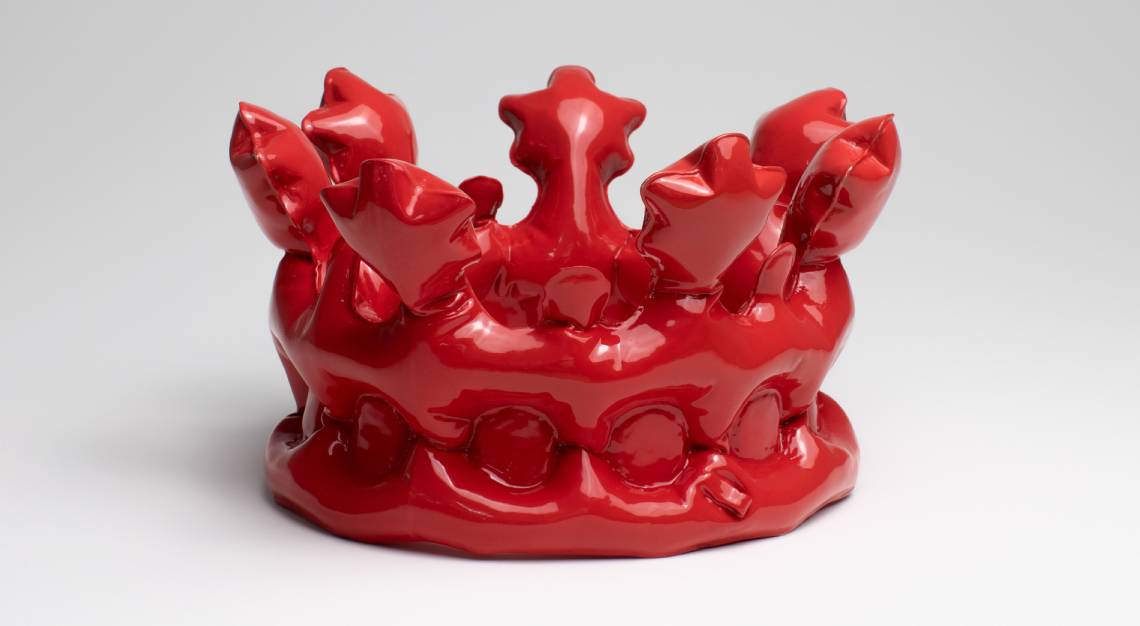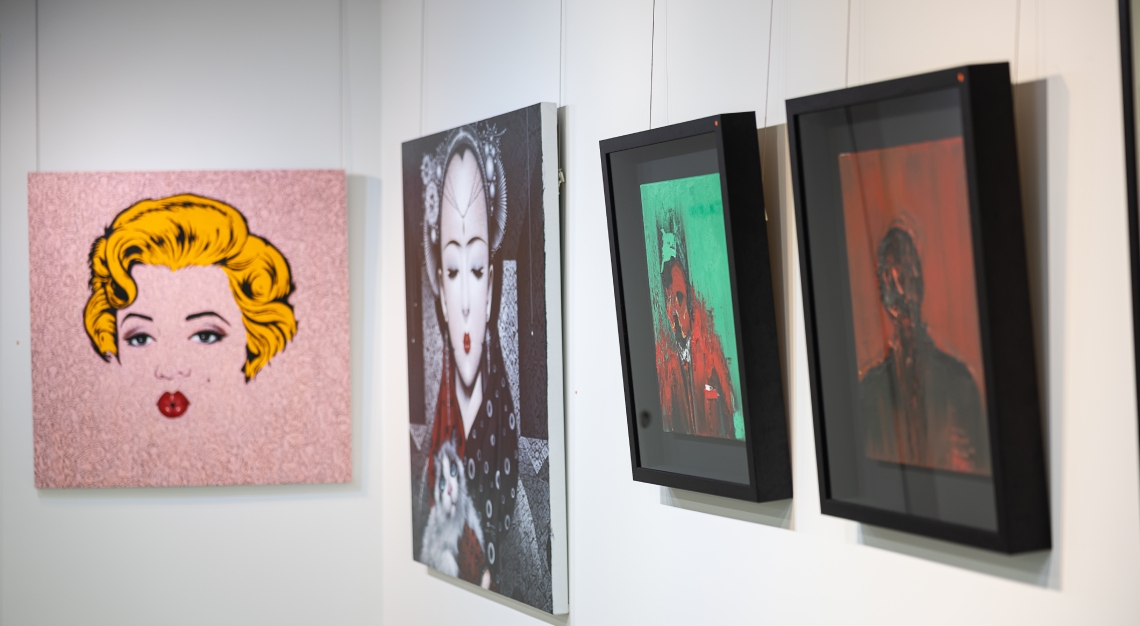Executive director of STPI, a contemporary art space in Singapore, Emi Eu, on leading Southeast Asian art through uncertainty
The global pandemic has ignited debate and recalibrated perspective on the value of art. Among the virtues that have emerged after the dust has settled, though, is resilience. Emi Eu would know. The powerhouse behind art market hub S.E.A. Focus and the executive director of Singapore Tyler Print Institute (STPI), Eu champions representation amidst chaos.

Through her roles, Eu amplifies the voices of Southeast Asian artists through initiatives like the SAM S.E.A. Focus Art Fund, which not only recognises outstanding works but also drives sales, fostering a vibrant ecosystem for artistic expression. A strong proponent of the Singapore arts scene, Eu has been instrumental in elevating STPI’s stature as a commercial gallery that commands attention at international art fairs.
The global art scene has experienced significant shifts due to the pandemic. How have these changes affected the Southeast Asian art scene?
The tempo of the art industry hasn’t just rebounded to pre-COVID levels; it’s surged forward, marked by escalating costs and fiercer competition. There’s scarcely a moment to pause and absorb before the next art event unfurls.
That said, I am sure these shifts are felt globally, not only in Southeast Asia. Yet, here, where our art market is still burgeoning compared to the more established landscapes of the United States and Europe, the imperative to hustle and innovate has never been more palpable. We’re compelled to work with heightened urgency and diligence to stay abreast of the relentless pace.
STPI has been at the forefront of Southeast Asian art under your leadership. How has STPI navigated these challenging times?
At the heart of STPI’s mission is a steadfast commitment to nurturing artists, offering them a platform to explore new horizons and innovate their practice through unconventional artistic avenues. Central to this endeavour is our Visiting Artists Programme, which extends invitations to artists from across the globe for immersive residencies with us.
Amidst the challenges posed by the pandemic, we seized the opportunity to deepen our collaboration with local Singaporean artists. This pivot not only allowed us to foster closer bonds within our artistic community but also opened new avenues for creative exploration and collaboration.
S.E.A. Focus has continued to thrive despite the challenges as well. How did it persist and even grow in this time?
With its boutique size, S.E.A. Focus offers us the advantage of agility and flexibility. When the pandemic upheaved the art world, we swiftly transitioned from a traditional fair layout to a curated exhibition format, maintaining momentum throughout those challenging years. What could have been setbacks became catalysts for transformation, shaping us into the vibrant platform we are today.
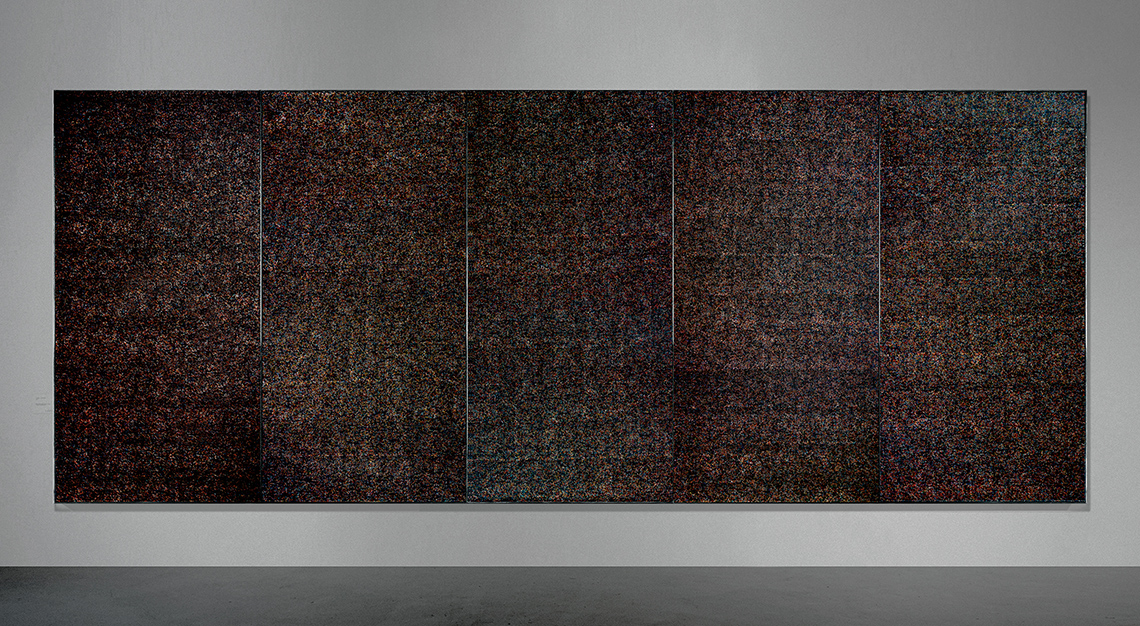
Tell us about the SAM S.E.A. Focus Art Fund and how it has contributed to supporting emerging artists.
The SAM S.E.A. Focus Art Fund was driven by a singular purpose: to inspire artists to produce and showcase exceptional works within the S.E.A. Focus platform, with the added prospect of inclusion in an esteemed institutional collection. We owe immense gratitude to our patron, the Yenn and Alan Lo Foundation, whose profound understanding of our vision and unwavering support have propelled this initiative forward. Their foresight recognises the broader impact of this endeavour, benefiting not only artists and galleries but also institutions and the public at large.
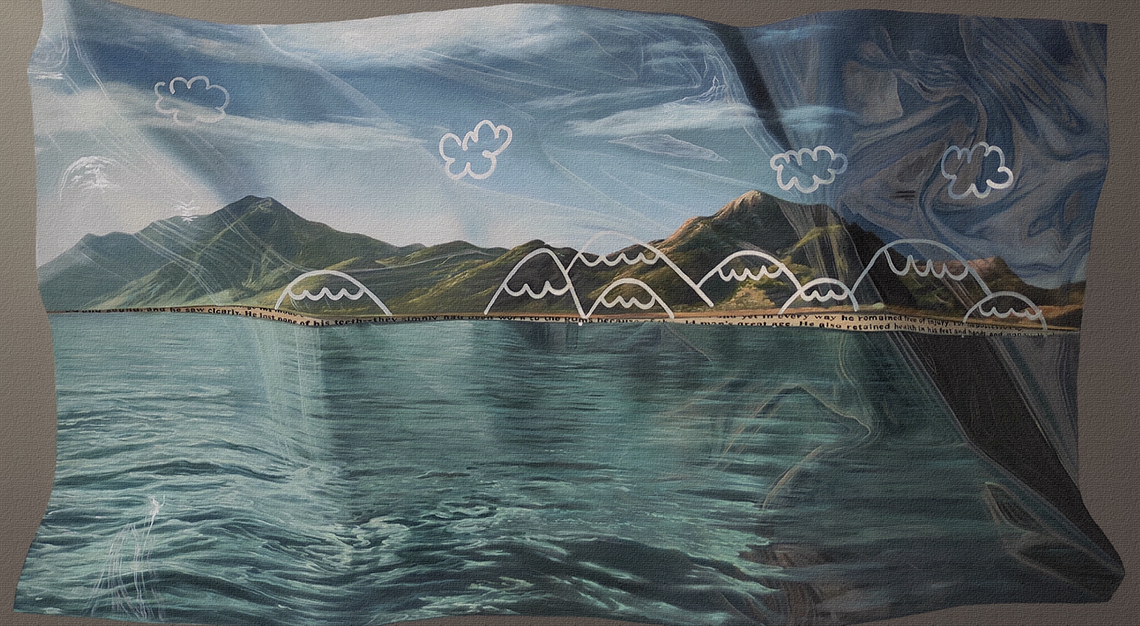
What immediate challenges and opportunities do you see for Southeast Asian artists?
As the art market grows increasingly competitive and the pace of organising art events accelerates, artists find themselves under greater pressure to produce and meet market demands. However, amidst this momentum, Southeast Asian artists are poised to seize the opportunity and maintain a steady stream of high-quality work.
The current climate presents a favourable moment for Southeast Asian artists to assert their presence and deliver consistently exceptional creations, capitalising on the evolving dynamics of the art world.
What do you envision for the future of S.E.A. Focus and the Southeast Asian art market?
Beyond merely facilitating art transactions, S.E.A. Focus embodies a rich educational ethos. Our commitment extends beyond showcasing artworks to providing a comprehensive learning experience. Each year, we strive to elevate our platform, delivering stronger editions that offer nuanced insights into Southeast Asian art within a global context.
Through curated content of the highest quality, we aim to provide visitors with a profound understanding of Southeast Asian art, fostering a dialogue that transcends geographical boundaries. Our ultimate goal is to position the art and artists of this region on an equal footing with their global counterparts.

